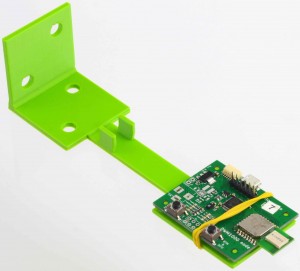Greetings all community members!
This week we have a couple of requests that we hope you can help out with. First of all we would love to hear about all the cool projects you are using the Crazyflie for out there. We have wanted to collect this for a long time and now we have found hackster.io. Go to https://www.hackster.io/bitcraze/projects and add your favourite project. Also make sure to follow us at https://www.hackster.io/bitcraze, if you don’t have an account already it’s quick to create one, our hope is to use hackster.io to create a new way for our community to grow.
Secondly we are curious of how the Crazyflie is used in education. If you are using it as a teacher or as a student, we would be very happy if you send us an email to education@bitcraze.io and describe how you use it and any other feedback you have.
Last week we finished the manufacturing of the first alpha builds of our new positioning system. A few systems have been shipped to selected users for initial trials but we still have a few left, so if you are interested in trying one out, drop us an email at contact@bitcraze.io and describe what you would use it for.


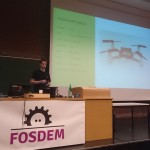
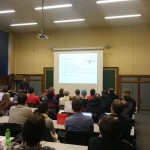
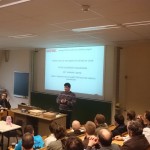
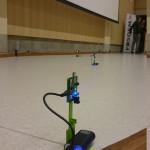
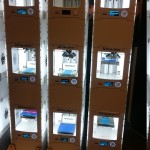
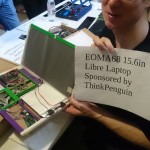


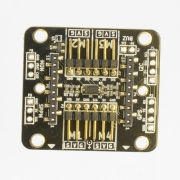
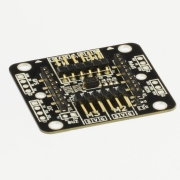
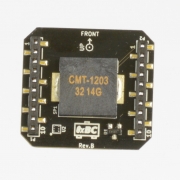
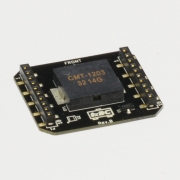
 It’s that time of year again, time for Christmas shopping. This year we thought that we would plan ahead and produce more units before Christmas to meet the demand. It was a great plan, but there were some hick-ups on the way. Originally the plan was that a fresh batch of Crazyflie 2.0’s would be rolling out of production right around now and being available in
It’s that time of year again, time for Christmas shopping. This year we thought that we would plan ahead and produce more units before Christmas to meet the demand. It was a great plan, but there were some hick-ups on the way. Originally the plan was that a fresh batch of Crazyflie 2.0’s would be rolling out of production right around now and being available in 